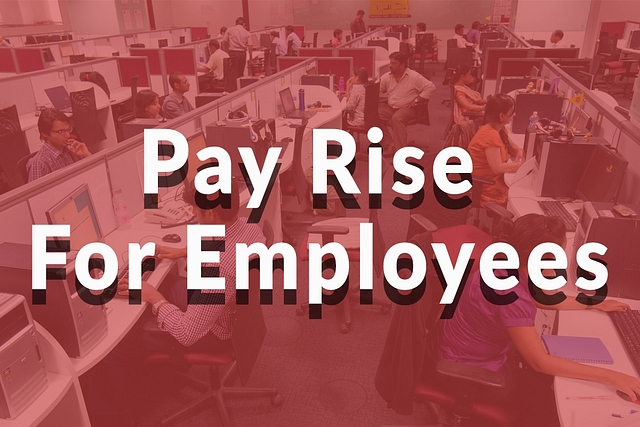
Ease Of Doing Business: Modi Government Begins Fixing The ESI
Transcript
So there is good news for establishments and workers.
In a first since 1997, Modi government has slashed the rate of contribution to the employees’ state insurance (ESI) - from 6.5 per cent to 4 per cent - effective from the first of July 2019.
So what is ESI and why is this decision by the government important?
Let's take a look.
ESI is a social security and health insurance scheme that aims to protect the 'employees' in the organised sector socially against the events of sickness, maternity, disablement and death due to employment-related injury and to provide medical care to the insured employees and their families.
It is a self-financing scheme, managed by the Employees' State Insurance Corporation, according to the ESI Act 1948.
So here, the funds are primarily built out of contribution from employers and employees payable monthly at a fixed percentage of wages paid.
The ESI Act applies to organisations, shops, hotels, cinema theatres, road motor transport establishments, newspaper establishments, private educational institutions, medical institutions - where there are 10 or more employees, drawing a salary of up to Rs 21,000.
The wage ceiling of coverage was also enhanced from Rs 15,000 per month to Rs 21,000 in 2016.
From its inception, the ESI scheme was criticised often for not being efficient and for crippling the ease of doing business.
Manish Sabharwal of TeamLease services had to call the ESI “the world’s most expensive” health insurance programme - less than 50 per cent of contributions are paid out as benefits.
Until now, the employer had to contribute 4.75 per cent of the total monthly salary payable to the employee, whereas the employer needs to contribute only 1.75 per cent of his monthly salary every month of the year.
Higher contribution rates of employers had earlier resulted in massive under-reporting of low wage employment.
With the new decision, the Modi government has begun fixing this broken scheme by slashing the employees’ contribution down to just 0.75 per cent of their salary while the employers’ contribution will be 3.25 per cent without any changes in the benefits offered under the scheme.
For workers, this came as a relief as they would get a higher take-home salary.
For the employers, this move will reduce their financial liability and lead to an enhanced of ease of doing business.
The government, on the other hand, expects more formalisation of the workforce - especially for low-wage employment and improved compliance of law by firms.
According to the government, this decision is likely to benefit 3.6 crore employees and 12.85 lakh employers of the country. Experts also suggest that a reduction in the contribution rate for employers would result in annual savings of over Rs 5,000 crore to these firms.
Also, there are reports suggesting that the government plans to merge the ESI with its flagship Pradhan Mantri Jan Arogya Yojana (PM-JAY), also known as Ayushman Bharat, which will further make life easier for the beneficiaries.
The healthcare coverage for beneficiaries will also expand as a result, since medical institutions under Ayushman Bharat will be far greater than just ESI designated ones.
Labour reforms are critical for improving the ease of doing business and tackling the employment problem.
The current reduction in the ESI rates is seen as a good step in that direction.
Do subscribe to our YouTube channel to watch a lot more of these explainers.